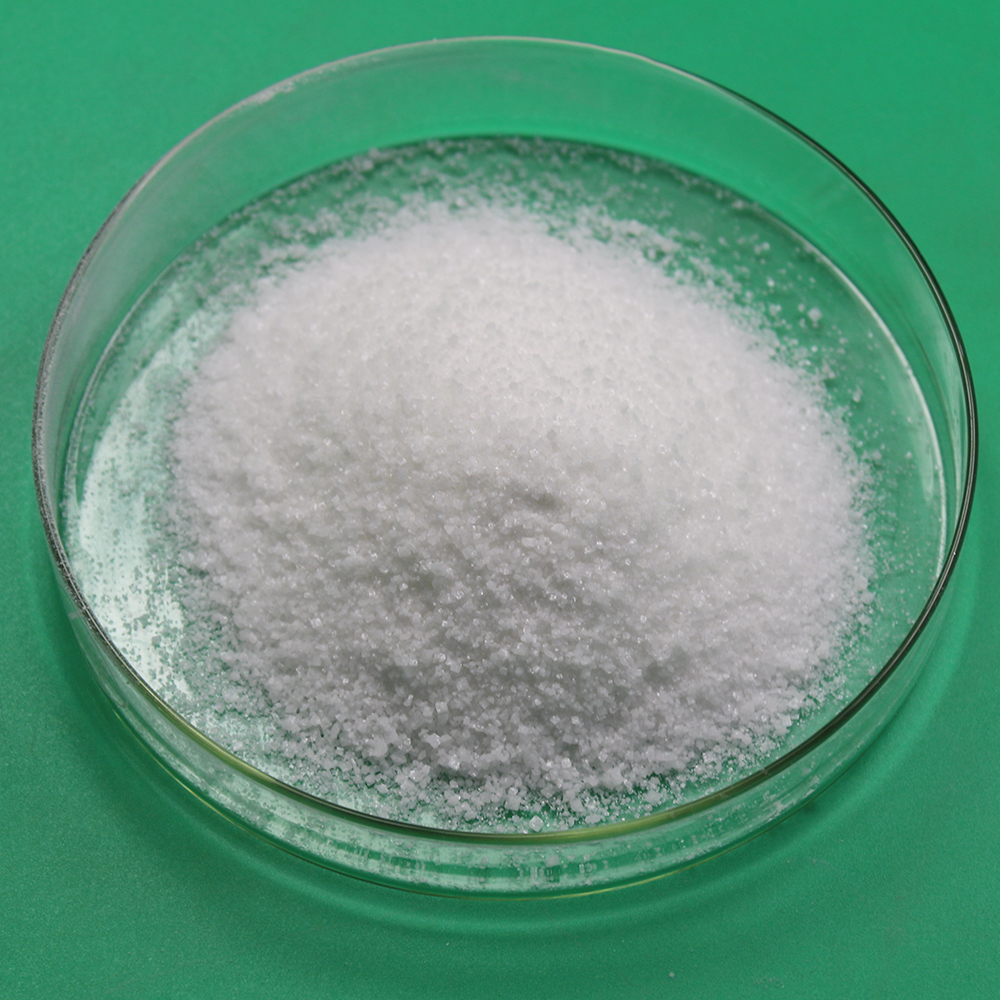**6-Furfuryl aminopurine (kinetin): a promising plant growth regulator**
6-Furfuryl aminopurine, commonly known as kinetin, is a synthetic cytokinin that plays a vital role in plant growth and development. Kinetin was discovered in the 1950s and has received widespread attention in the field of plant biology because of its ability to promote cell division, delay senescence and enhance various physiological processes in plants.
As plant growth regulators, kinetins are primarily involved in the regulation of plant hormones, especially cytokinins, which are essential for cell division and differentiation. By affecting these processes, kinetin can promote shoot and root growth, improve leaf extension, and enhance flowering. This makes it a valuable tool for horticulturists and agriculturists seeking to optimize crop yields and improve produce quality.
One of the most significant effects of kinetin is to delay leaf senescence, the aging process of leaves. By inhibiting the breakdown of chlorophyll and promoting protein synthesis, kinetin helps keep leaves green and vibrant longer. This property is particularly beneficial for extending the shelf life of cut flowers and leafy vegetables, making kinetin a popular choice in the floriculture and horticulture industry.
In addition, kinetin has been shown to enhance plant stress tolerance. In conditions of drought, salinity, or extreme temperatures, the use of kinetin can help mitigate the adverse effects of these stressors, allowing plants to maintain growth and productivity.
In summary, 6-furfurylaminopurine (kinetin) is a powerful plant growth regulator with a wide range of applications in agriculture and horticulture. Its ability to promote growth, delay senescence and enhance stress resistance makes it a valuable asset for improving crop performance and sustainability in a changing environment. As research continues to discover kinetin’s full potential, its role in modern agriculture is likely to expand further.
Post time: Jan-24-2025






